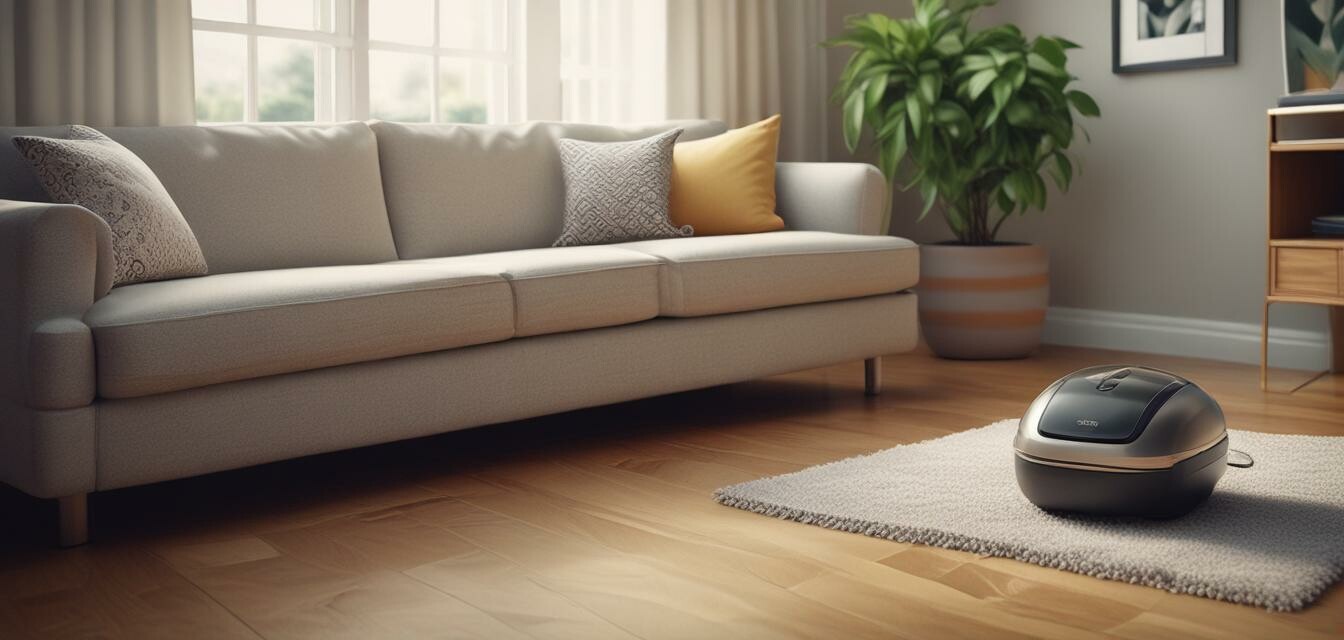
This article was generated using AI and is based on real customer reviews from the Amazon platform. It contains affiliate links, meaning we may earn a commission—at no extra cost to you. As Amazon Associates, we earn from qualifying purchases.
The impact of regular vacuuming on allergy symptoms
Key Takeaways
- Regular vacuuming can significantly reduce allergens such as dust mites, pet dander, and pollen.
- Using the right equipment, particularly those with HEPA filters, improves air quality.
- Maintaining your vacuum is essential to ensure it effectively traps allergens.
- Incorporating a consistent vacuuming schedule can lead to a healthier home environment.
Vacuuming is more than just keeping your space tidy; it plays a pivotal role in reducing allergy symptoms, especially for those sensitive to airborne irritants. This article explores how regular vacuuming with the right equipment can significantly help manage and lessen allergy symptoms in your home.
How does vacuuming affect allergies?
Many common household allergens, such as dust mites, pet dander, and pollen, settle into carpets and upholstery. Without regular cleaning, these allergens accumulate, leading to increased exposure and heightened allergy symptoms. Regular vacuuming helps to eliminate these allergens, creating a more comfortable living space.
The role of vacuum cleaners in reducing allergens
| Type of vacuum | Effectiveness against allergens | Key features |
|---|---|---|
| Bagged Vacuums | Effective | Good filtration, easy to empty |
| Bagless Vacuums | Moderate | Requires regular filter cleaning |
| HEPA Filter Vacuums | Highly effective | Traps 99.97% of allergens |
| Robotic Vacuums | Varies | Convenient, but may lack power |
Choosing the right vacuum for allergy management
To get the most out of your vacuuming efforts, it's essential to select a vacuum cleaner specifically designed to handle allergens:
- HEPA filters: Consider vacuums equipped with HEPA filters, which are designed to capture allergens effectively.
- Strong suction: Choose models that offer powerful suction, ensuring effective dirt and allergen removal.
- Attachments: Look for vacuums with specialized attachments for upholstery and crevices, making it easier to reach all areas.
When to vacuum for the best results
Establishing a regular vacuuming schedule is essential. Here are some tips:
- Vacuum at least once a week, or more often if you have pets.
- Schedule vacuuming during off-peak hours to limit exposure to dust kicked up by foot traffic.
- Consider using air purifiers alongside vacuuming to maximize allergen reduction.
Maintaining your vacuum for optimal performance
Regular maintenance of your vacuum is crucial for it to function effectively in reducing allergens:
- Clean or replace filters according to the manufacturer's instructions.
- Empty bags or canisters frequently to ensure maximum suction.
- Check brushes and belts for wear regularly and replace them as needed.
Common vacuum maintenance mistakes
Avoid these pitfalls to keep your vacuum in top shape:
- Neglecting to change filters can lead to reduced suction.
- Overfilling bags or containers compromises vacuum performance.
- Using vacuums on surfaces they aren't designed for can damage them.
Pros
- Reduces allergens significantly.
- Improves overall indoor air quality.
- Creates a cleaner and healthier living environment.
Cons
- Requires regular maintenance.
- Some types can be expensive to operate.
Conclusion
Regular vacuuming is an effective way to manage and reduce allergy symptoms in your home. By utilizing the right vacuum equipment and adhering to a maintenance schedule, you can significantly enhance your indoor air quality and create a healthier living environment. If you want to learn more about different vacuum types, check out our detailed HEPA filter vacuums or explore our buying guides for more insights.
For additional maintenance tips and tricks, visit our Maintenance Tips category and discover how you can prolong the life of your vacuum cleaner.